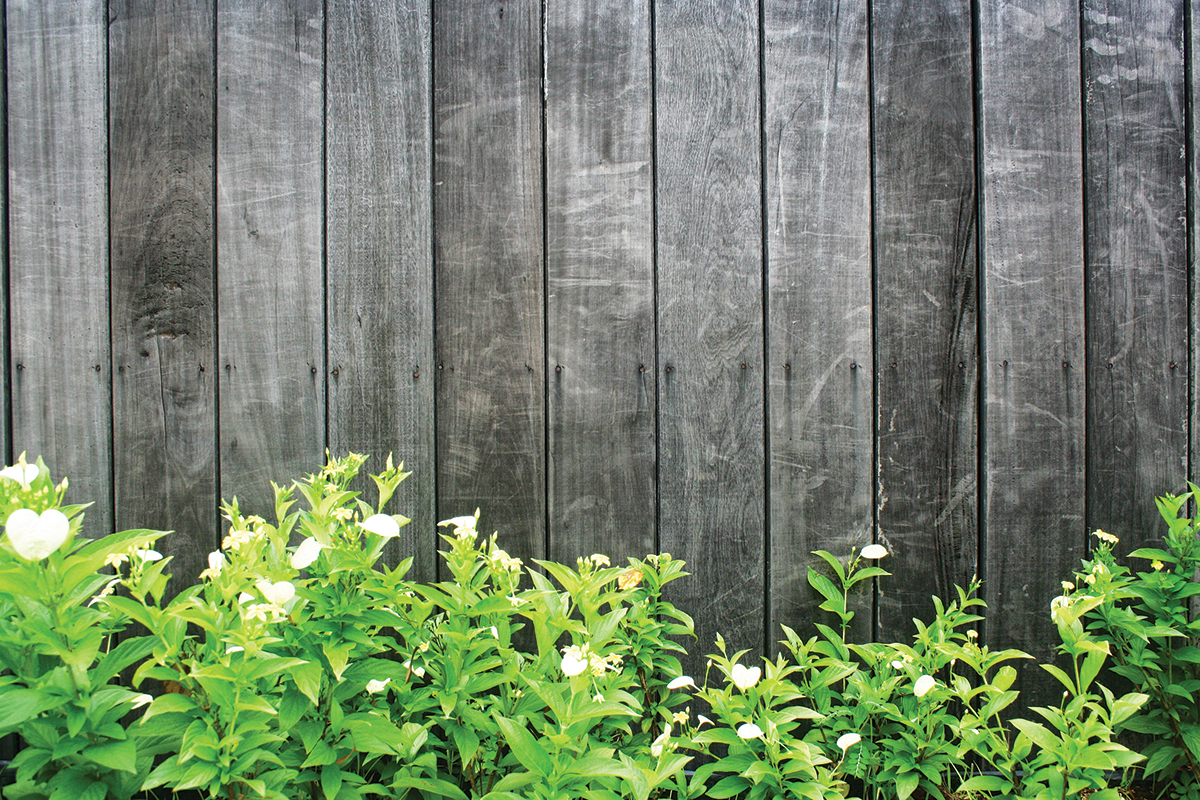Outdoor Privacy

As spring brings us outside, many homeowners get the itch to take on outdoor home improvement projects. Outdoor areas become the favored living space “in” the home, and one of the most frequent requests we get is for privacy. This can be a challenge for many neighborhood lots, especially when homes push the building envelope and bring us closer to our neighbors.
Privacy depends on the lines of sight into or out of the place you are creating. There may be a home just 30 feet away, an unsightly view, or a spot that you would like to feel more secluded. If you are elevated on a deck, you’ll need a taller element for screening than if your vantage point is from a sunken patio. Consider the shadow that large plants will create, and how the airflow will change.
There are several options depending on the size of the area with which you have to work. Fences, decorative panels, and walls are options, while plantings are typically the most popular and often most cost-effective – but also must grow to complete the effect.
What plants come to mind when you consider plants for privacy? Something evergreen? Something tall and fast-growing?
Several plants may fit the bill, and for decades, fast growing evergreens like leyland cypress, green giant arborvitae, or cryptomeria have been go-to choices. They may be fine if you have a large space to cover and plenty of room for them to grow, but they really do need at least 15 – 20 feet to spread out over time. A quick online search for recommended leyland spacing suggested “five feet apart, or even closer if you want them to fill in sooner,” but please don’t space large growers that close … otherwise, “planter’s remorse” will follow in a few years. True, they will close the gap sooner as a quick-fix, but a plant that is 15 feet tall for a five feet space will soon outgrow and overcrowd it, leading to poor plant health, much more effort needed to prune and maintain, and eventually the need to thin and remove overgrown plants. Consider the longer term and the mature size for a given species after 15-20 years for a more sustainable plant choice. Remember that mature sizes listed for most plants are subjective and you should consider the microclimate, soil type, drainage, and exposure among other variables.
A hedge or row of tall, fast-growing evergreens seems like a natural choice for screening a view, but they are often planted much too close to the house foundation, property line, or neighboring plants. The “green wall” approach can quickly swallow a small space, especially if homeowners on each side of the property line are both planting heavily. We often have to remove nice shrubs that were planted two to three feet, or closer, to a home’s foundation years ago and have become major maintenance problems. Few homeowners need a tree that will grow 50 feet for privacy, and there are many smaller-growing choices available. Rather than a monotonous single line of plants, consider a staggered double row, or a mixed border that uses a more natural arrangement of groups or clusters of plants with a more free-flowing design.
Some plants that I recommend for privacy include relatively newer introductions, such as Red Holly Hybrids. Most of these, like ‘Festive,’ ‘Oakleaf,’ ‘Little Red,’ and ‘Robin,’ will range from 10 – 14 feet in height and 6 – 8 feet in width. Several cultivars of Yew can also make a nice upright but manageable privacy border, including Taxus x media ‘Hicksii’ and Cephalotaxus harringtonia ‘Fastigiata.’ One of the most exciting new plant introductions is the ‘Virginian’ Arborvitae. It is a smaller growing sport of ‘Green Giant’ and appears to max out around 15 feet tall and 8 feet wide (as opposed to 30 – 40 feet tall and 15 feet wide). This is proving to be a perfect plant for screening without outgrowing the smaller landscape, or as an upright accent that won’t get unruly. It is a fast-growing, dense evergreen, and as a bonus, is showing great resistance to bagworms. Availability is a bit limited for now, as growers are still building up their stock, but inquire at local garden centers and they will be happy to locate a source.
There is a plant that will fit just about every situation. Just be sure to do your homework on the growth characteristics (and take specs with a grain of salt), consider the microclimate you’re working within, and consult a landscape architect or plant professional if you need more detailed assistance with plant choices.

